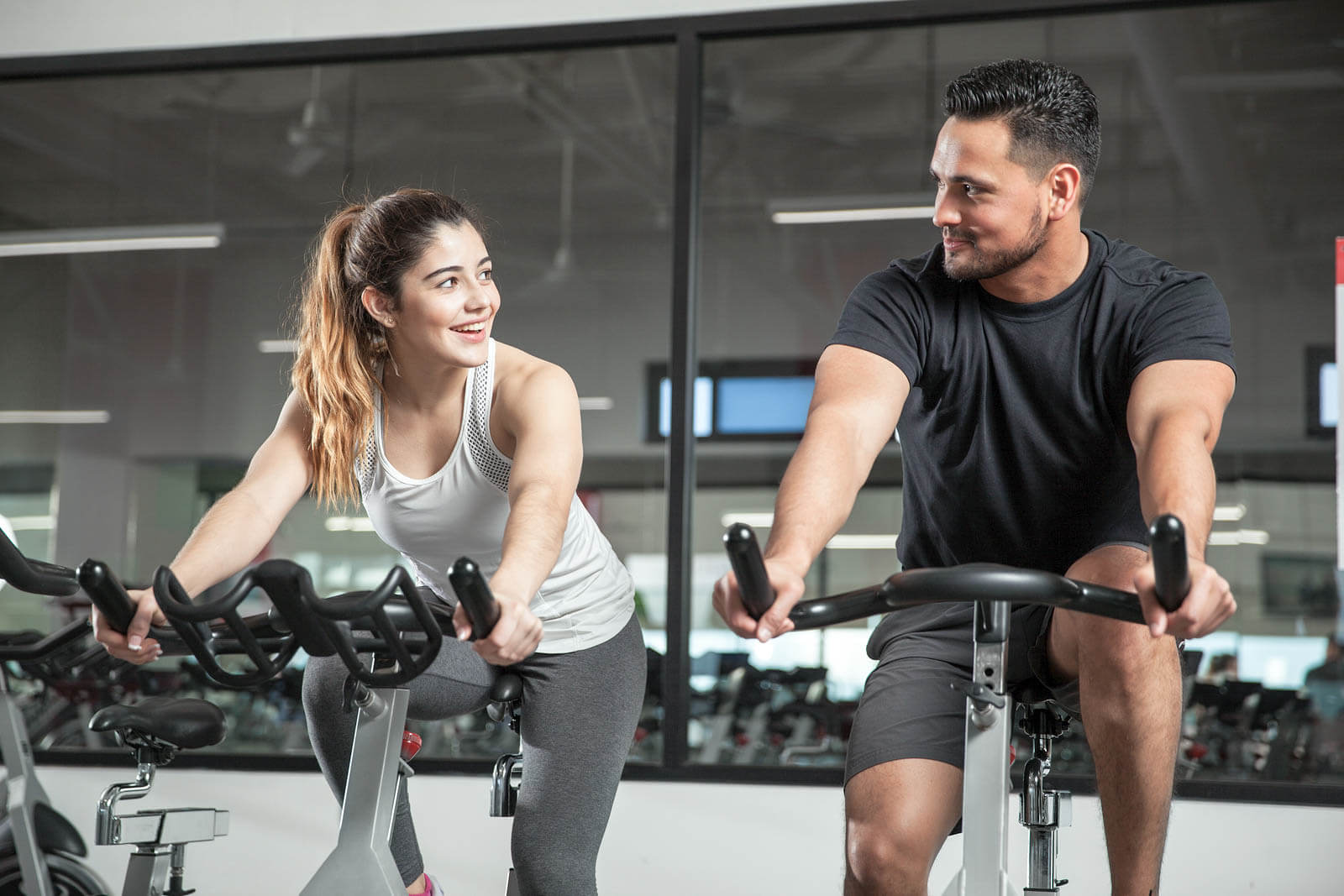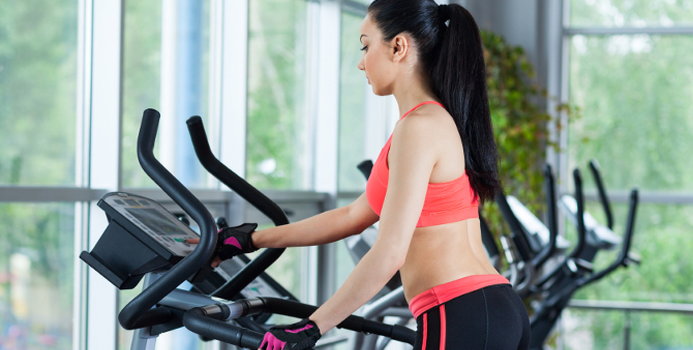In the world of strength training and physical therapy, you may have heard the term “isokinetic exercise” thrown around. But what exactly does it mean? Today, we will look into isokinetic modes of training that involve constant muscle movement at a fixed velocity.

We’ll explore how isokinetic exercises differ from better-known isotonic and isometric techniques. You’ll learn about the specialized isokinetic equipment used and the potential benefits of this type of dynamic resistance training for building strength, power, and injury recovery.
Contents
What is Isokinetic Exercise?
Isokinetic exercise is a type of resistance training that uses specialized machines to maintain a constant speed throughout the entire motion range regardless of the force applied. This controlled speed ensures that your muscles work at their maximum capacity throughout the exercise, leading to balanced muscle development.
During isokinetic exercises, you can work both the eccentric and concentric phases of muscle movement effectively. The machines can be set by a therapist to meet specific speed and resistance limits, ensuring safe and controlled movements.
These exercises are especially beneficial for individuals recovering from injuries due to their ability to provide a low-impact, low-risk environment for muscle strengthening. The constant speed feature eliminates the risk of overexertion or sudden jolts, making it suitable for various age groups and fitness levels.
By engaging in isokinetic exercises, you can target specific muscle groups with precision, improving muscle strength, endurance, and flexibility simultaneously. The gradual change in resistance throughout the movement allows for a more challenging workout as your strength improves.
Isokinetic exercise machines are designed to offer a customizable workout experience, adaptable to your fitness goals and recovery needs. With accurate measurements and controlled movements, you can enhance your overall fitness routine effectively.
Types of Isokinetic Exercise Machines
Isokinetic exercise machines are specialized equipment designed to provide controlled resistance at a constant speed, regardless of the force applied by the user. These machines are widely used in rehabilitation centers, physiotherapy clinics, and some fitness facilities due to their effectiveness in targeted muscle training and recovery. Here are some common types of isokinetic exercise machines:

1. Isokinetic Dynamometers:
- Biodex System: One of the most well-known isokinetic dynamometers, the Biodex system can be used for testing and rehabilitation of almost any joint in the body. It’s often used for assessing and improving muscle strength, endurance, and range of motion.
- Cybex Machine: Another popular choice for rehabilitation and athletic training, the Cybex machine allows for the evaluation and conditioning of multiple joints and muscle groups, including the knee, shoulder, and elbow.
2. Isokinetic Bicycles:
These are stationary bikes that adjust resistance automatically to match the cyclist’s effort, ensuring the pedaling speed remains constant. They are excellent for lower body rehabilitation, cardiovascular fitness, and leg strength training.
3. Isokinetic Treadmills:
Unlike traditional treadmills, isokinetic treadmills control the belt’s speed to match the user’s pace, providing a constant workload. They are used for gait training, improving running form, and cardiovascular endurance under controlled conditions.
4. Leg Press Machines:
Isokinetic leg press machines adjust resistance throughout the range of motion based on the force exerted by the user. They are particularly useful for rehabilitating and strengthening the lower body, including the quadriceps, hamstrings, and glutes.
5. Upper Body Ergometers (UBE):
These machines are essentially arm bikes that provide isokinetic resistance for upper body workouts. They are beneficial for shoulder, arm, and upper back rehabilitation and strengthening.
6. Multi-Joint Isokinetic Machines:
Some machines are designed to accommodate a variety of exercises targeting multiple joints and muscle groups, offering versatile options for whole-body rehabilitation and conditioning.
Benefits of Isokinetic Exercise
Benefits of isokinetic exercise include:
- Constant Resistance: Isokinetic exercise allows resistance to be applied consistently throughout the entire range of motion.
- Reduced Risk of Muscle Injuries: Due to the controlled nature of isokinetic machines, muscle strains are less likely to occur during workouts.
- Ease of Monitoring: Trainers and specialists find it easier to monitor and adjust your progress and performance on isokinetic machines.
- Efficient Rehabilitation: Isokinetic exercise is commonly used in rehabilitation programs due to its ability to provide controlled and safe movements for recovery.
- Improved Strength Gains: This type of training can lead to significant improvements in muscle strength and functional capabilities over time.
When Should You Use Isokinetic Training?
Isokinetic training is most beneficial for rehabilitation and strength training. Here’s when you should consider incorporating isokinetic exercises into your workout routine:

- Post-Injury Rehabilitation: Isokinetic training offers a controlled environment for rehabilitating injuries, ensuring consistent resistance throughout the range of motion to aid in muscle recovery.
- Strength Gains: If you’re looking to improve muscle strength over time, isokinetic exercises can help you achieve efficient gains due to the constant resistance provided.
- Functional Performance: Isokinetic training can enhance functional performance in activities requiring high-velocity limb movements, making it suitable for athletes and individuals engaging in dynamic sports.
- Specific Muscle Targeting: If you need to target specific muscle groups with precise resistance levels, isokinetic training allows for focused exercises to address individual needs.
- Monitoring Progress: Isokinetic exercises can be easily monitored and adjusted by specialists, allowing for tailored programs to track your progress and make necessary modifications.
- Efficient Rehab Programs: For those undergoing ACL reconstruction or other orthopedic procedures, isokinetic training can be a vital component of a comprehensive rehabilitation program.
How Can You Start an Isokinetic Training Program?
So, you’re ready to kickstart an isokinetic training program! Let’s get you all set up for this effective exercise routine.
Consult with a Professional
It’s crucial to consult with a physical therapist or a doctor before beginning any new training program, especially if you have health conditions or injuries. They’ll evaluate your condition and craft a program tailored to your needs.
Understand the Equipment
Work closely with your therapist to understand how the isokinetic machine operates. Correct usage is key to reaping the benefits.
Get Adjusted
Before commencing your exercises, your therapist will adjust the machine to match your strength and fitness levels. This ensures you work within your capabilities, preventing injuries.
Progress Monitoring
Throughout your training, your therapist will take measurements and monitor your progress. This data helps track improvements and adjust the program as needed. Depending on your injury or condition, be prepared to commit to several weekly sessions. As you progress, the intensity and duration of your exercises may increase.
Frequently Asked Questions
What is the key takeaway from the article on isokinetic training?
Isokinetic exercise offers a safe and targeted approach to fitness and rehabilitation, requiring commitment and collaboration with healthcare providers for optimal results.
Are planks considered isokinetic exercises?
No, planks are isometric exercises that do not involve moving or bending joints. Isokinetic exercises are performed at a consistent speed and intensity, which can be adjusted as you progress.
Can push-ups be classified as isotonic or isometric exercises?
Push-ups are considered isotonic exercises, where muscle tension and weight remain constant throughout the movement. Isometric exercises involve static muscle contractions without joint movement.
Is a treadmill suitable for isokinetic training?
While a treadmill can be used for isokinetic exercises, it requires deliberate speed control to maintain a consistent pace. Isokinetic exercises involve moving at a constant speed and intensity.
What are three examples of isokinetic exercises?
Leg extensions, shoulder presses, and bicep curls are examples of isokinetic exercises. They target specific muscle groups and involve consistent movement at an adjustable speed.

Hello, I’m Ravindra. Over the years, I’ve immersed myself deeply into the world of fitness and health, transforming both my body and mind. Writing has allowed me to share my journey, insights, and expertise with those just starting out and seasoned fitness enthusiasts alike. Beyond just routines and diets, I believe in inspiring others to adopt a holistic approach to well-being.
